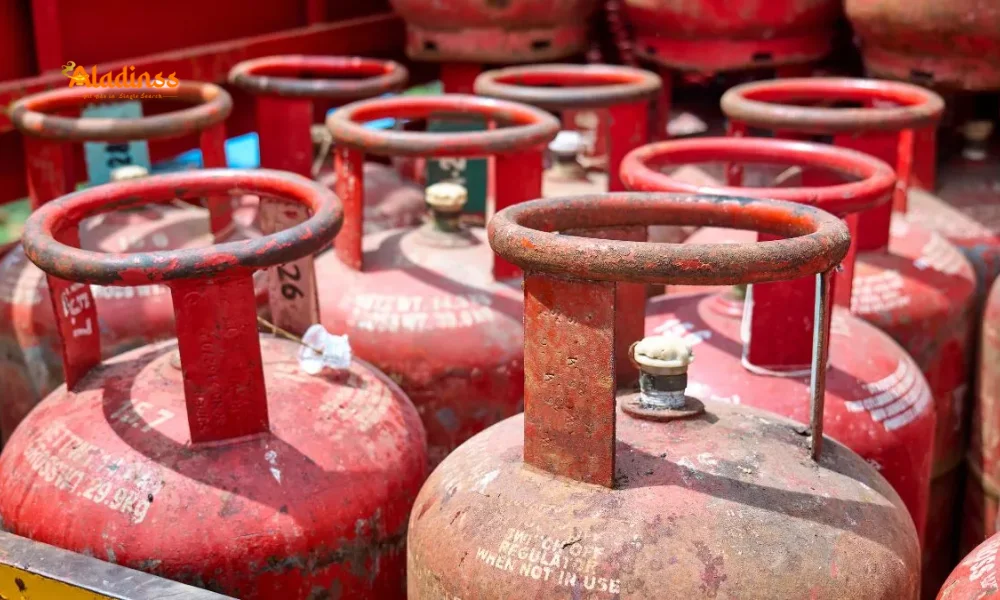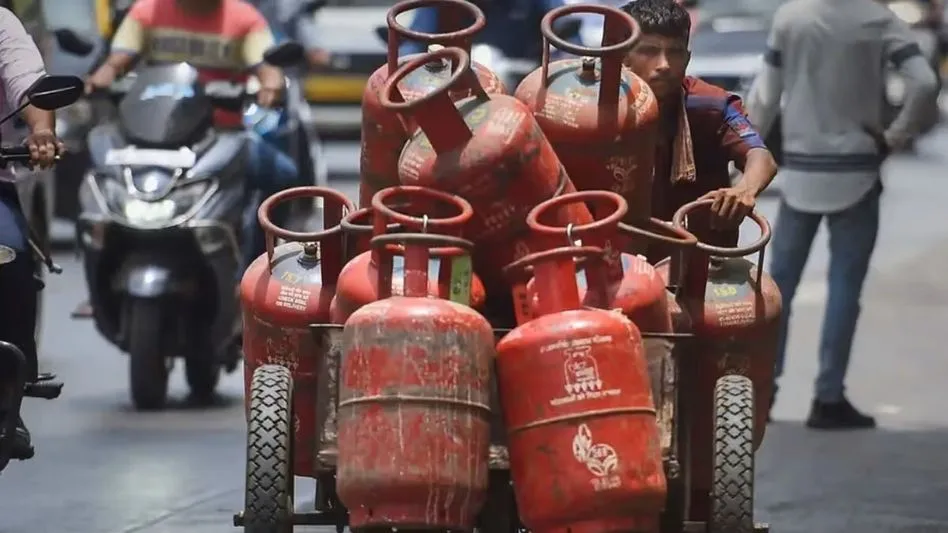Gas Cylinder Prices Drop in India: September 2025 Update

Gas Cylinder Prices Drop in India: September 2025 Update
As September 2025 kicks off, a wave of relief has swept across businesses in India with the announcement of a significant reduction in commercial gas cylinder prices. Effective from September 1, 2025, oil companies have slashed the price of 19 kg commercial gas cylinders by Rs 51, offering a much-needed respite to shops, restaurants, and other commercial establishments. This change, driven by fluctuations in international crude oil prices, is part of the monthly price adjustments set by oil companies. While domestic cylinder prices remain unchanged, this development marks a positive start to the month for many businesses. This article explores the details of the price drop, its implications, and its broader economic context.

Commercial Gas Cylinder Prices Slashed by Rs 51
The most significant highlight of the September 2025 price revision is the reduction in the cost of 19 kg commercial gas cylinders used in shops and businesses. In Chennai, the price of these cylinders has dropped from Rs 1789 to Rs 1738, a reduction of Rs 51. This change, effective from September 1, 2025, has been welcomed by business owners, particularly those in the hospitality and food service sectors, where LPG is a critical operational expense. The price cut is expected to ease the financial burden on small and medium-sized enterprises, which have been grappling with rising costs due to inflation and supply chain disruptions.
This reduction is not limited to Chennai. Other major metro cities, including Delhi, Kolkata, and Mumbai, have also seen a similar decrease in commercial cylinder prices. The move is part of a broader strategy by oil companies to align fuel prices with global market trends, providing relief to businesses that rely heavily on LPG for their operations. For restaurants, catering services, and other commercial kitchens, this price drop could translate into lower operational costs, potentially stabilizing menu prices for consumers.
Why Are Gas Prices Changing?
The central government’s policy allows oil companies to adjust the prices of petrol, diesel, and LPG cylinders based on prevailing crude oil prices in the international market. These prices are revised on the first of every month, reflecting fluctuations in global oil markets. The recent drop in commercial cylinder prices is a direct result of favorable international market conditions, including a decline in crude oil prices. This flexibility in pricing ensures that domestic fuel costs remain aligned with global trends, although it can lead to both increases and decreases depending on market dynamics.
The monthly revision system was introduced to provide transparency and predictability in fuel pricing. By linking domestic LPG prices to international crude oil prices, oil companies can respond quickly to changes in global supply and demand. This approach benefits businesses when prices fall, as seen in September 2025, but it can also pose challenges during periods of rising oil prices. The current reduction reflects a temporary dip in global oil prices, offering a window of opportunity for businesses to optimize their budgets.
Domestic Cylinder Prices Remain Unchanged
While commercial establishments celebrate the price reduction, households in Chennai will not see similar relief. The price of 14.2 kg domestic gas cylinders remains steady at Rs 868.50 as of September 1, 2025. This stability in domestic prices is a mixed blessing: while it prevents an immediate increase in household expenses, it also means that families will not benefit from the same cost-saving opportunities as businesses. For many households, LPG is a critical expense, and any reduction would have provided significant relief amid rising living costs.
The decision to maintain domestic cylinder prices may reflect a cautious approach by oil companies to balance consumer affordability with market realities. Domestic LPG prices are often subsidized or regulated to protect households from volatile global price swings. However, the unchanged prices highlight the ongoing financial pressures faced by families, particularly in urban areas like Chennai, where the cost of living continues to rise due to inflation and other economic factors.
Impact on Businesses and Consumers
The reduction in commercial gas cylinder prices is a significant development for businesses, particularly in the food and beverage sector. Restaurants, cafes, and catering services, which rely heavily on LPG for cooking, can now reduce their operational costs. This could lead to more competitive pricing for consumers, as businesses may choose to pass on the savings rather than increase menu prices. In cities like Chennai, Delhi, Kolkata, and Mumbai, where dining out is a common practice, this price drop could have a ripple effect on the local economy.
For small and medium-sized enterprises, the Rs 51 reduction per cylinder may seem modest, but it adds up over time, especially for businesses that use multiple cylinders monthly. This cost-saving measure could help these businesses remain competitive in a challenging economic environment. Additionally, the price drop may encourage investment in the hospitality sector, as lower operational costs make it easier for new ventures to enter the market.
Broader Economic Context
The price reduction in commercial gas cylinders comes at a time when India is navigating complex economic challenges. Inflation has been a persistent concern, driving up the cost of essential goods and services. The government’s decision to link fuel prices to international markets reflects a commitment to maintaining economic stability while responding to global trends. The current price drop is a positive signal, but it also underscores the volatility of global oil markets, which can lead to unpredictable price fluctuations in the future.
For consumers, the unchanged domestic cylinder prices highlight the need for careful financial planning. As the cost of living rises, households may need to prioritize essential expenses and seek cost-saving measures elsewhere. The government and oil companies may also face pressure to extend similar relief to domestic consumers, particularly for low-income households that rely on LPG subsidies to manage their budgets.
What’s Next for Fuel Prices?
As oil companies continue to adjust prices monthly, businesses and consumers alike will be closely monitoring the international oil market. The current reduction in commercial cylinder prices may be a temporary relief, as global oil prices are influenced by factors such as geopolitical events, supply chain disruptions, and changes in demand. Analysts predict that oil prices could remain volatile in the coming months, making it essential for stakeholders to stay informed about future price revisions.
For now, the price drop is a welcome development for businesses, particularly in urban centers like Chennai, where operational costs are a significant concern. As the month progresses, the impact of this change will become clearer, with businesses likely to adjust their strategies to capitalize on the savings. Meanwhile, households will continue to await potential relief in domestic cylinder prices, hoping for similar positive news in the coming months.
Comment / Reply From
No comments yet. Be the first to comment!











